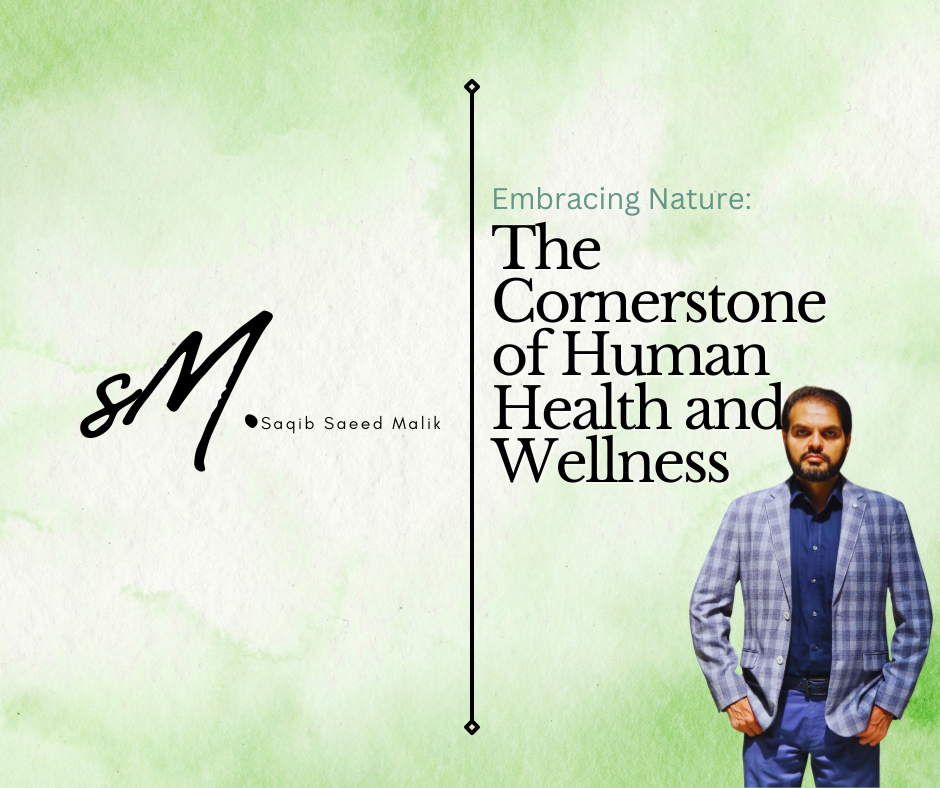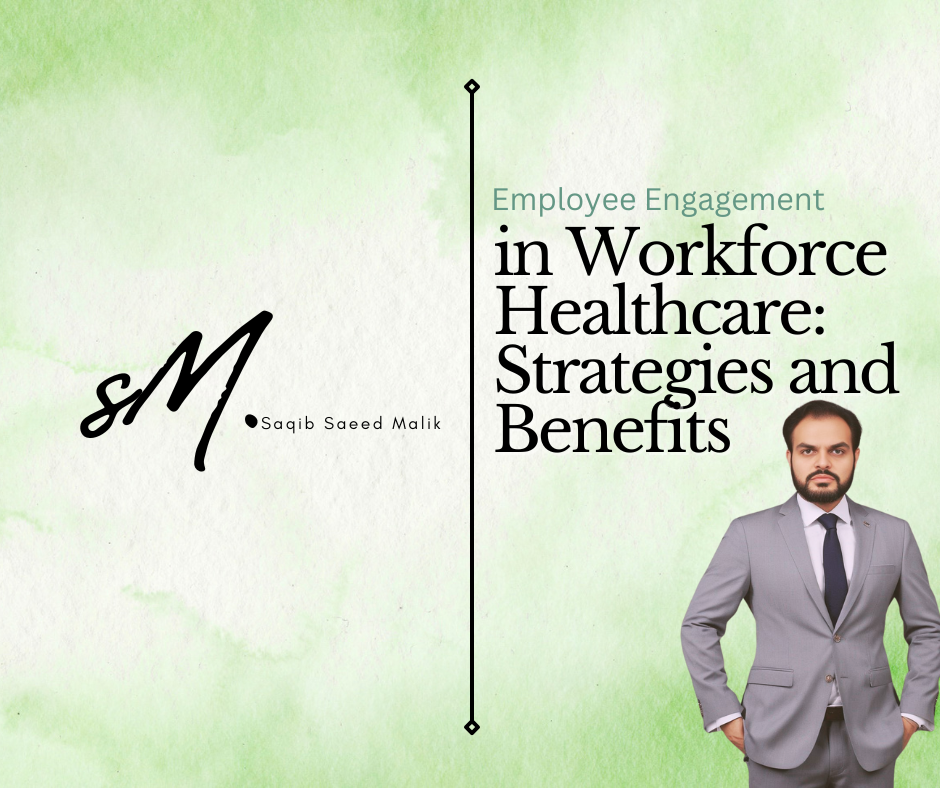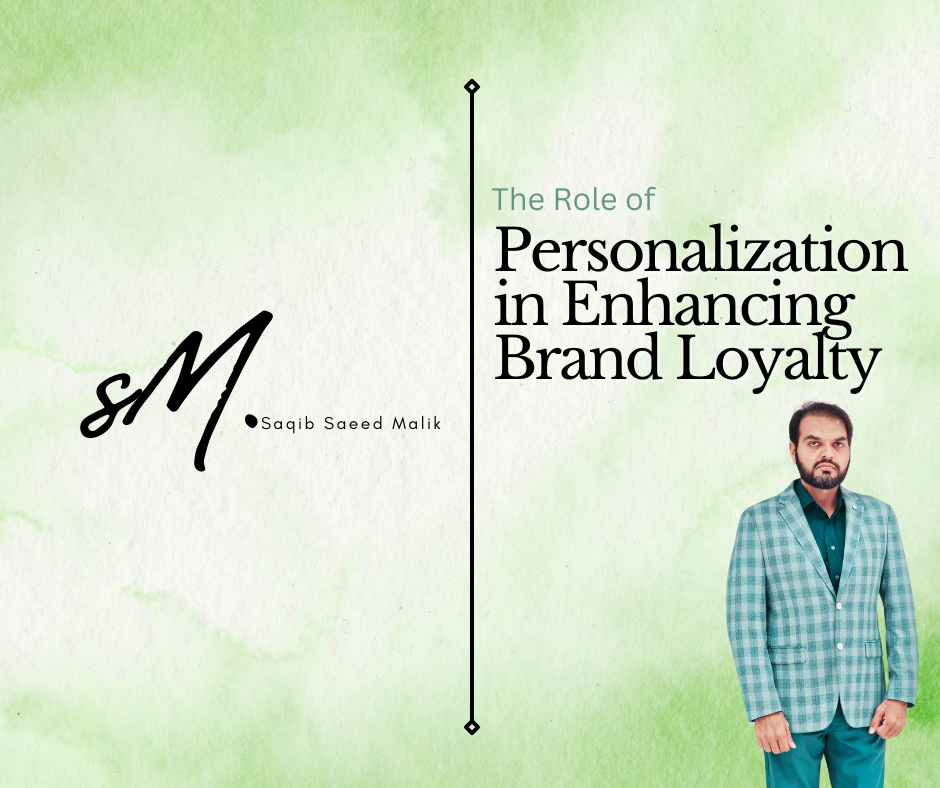In today’s fast-paced world, the significance of connecting with nature often takes a backseat to our busy lives and technological distractions. However, scientific research increasingly underscores the profound impact that nature has on human well-being. This connection isn’t merely about aesthetic appreciation but encompasses tangible health benefits that enhance both mental and physical wellness.
The Biophilia Hypothesis
The biophilia hypothesis, proposed by Edward O. Wilson, suggests that humans have an innate affinity for nature. This theory is supported by numerous studies indicating that natural environments reduce stress, lower blood pressure, and improve mood. When individuals immerse themselves in nature, whether through a walk in the park or a hike in the mountains, they often experience a sense of calm and rejuvenation. This response is linked to evolutionary biology, where nature provided a safe and nurturing environment for our ancestors.
Mental Health Benefits
Nature plays a crucial role in mental health. Research shows that exposure to natural settings can decrease symptoms of anxiety, depression, and attention deficit disorders. For instance, studies have demonstrated that individuals recovering from surgery in rooms with natural views experience less pain and have faster recovery times. The restorative effects of nature can be attributed to its ability to reduce mental fatigue, increase cognitive function, and enhance emotional resilience.
Physical Health Benefits
The physical health benefits of nature are equally compelling. Regular exposure to natural environments has been linked to improved cardiovascular health, enhanced immune function, and reduced inflammation. Activities such as gardening or outdoor sports not only provide physical exercise but also allow individuals to benefit from the fresh air and sunlight, which are essential for the synthesis of Vitamin D and overall health.
Nature and Social Connectivity
Nature also fosters social connections. Community green spaces encourage social interaction and cohesion, promoting a sense of belonging and reducing feelings of isolation. Engaging in outdoor activities with others can strengthen relationships and create opportunities for social support, which is essential for mental health and overall well-being.
Practical Ways to Integrate Nature into Daily Life
Integrating nature into daily life doesn’t require drastic changes. Simple practices, such as taking regular walks in green spaces, incorporating plants into indoor environments, or participating in outdoor community events, can have significant benefits. Mindfulness practices, such as nature meditation or eco-therapy, can further enhance the connection between nature and personal well-being.










